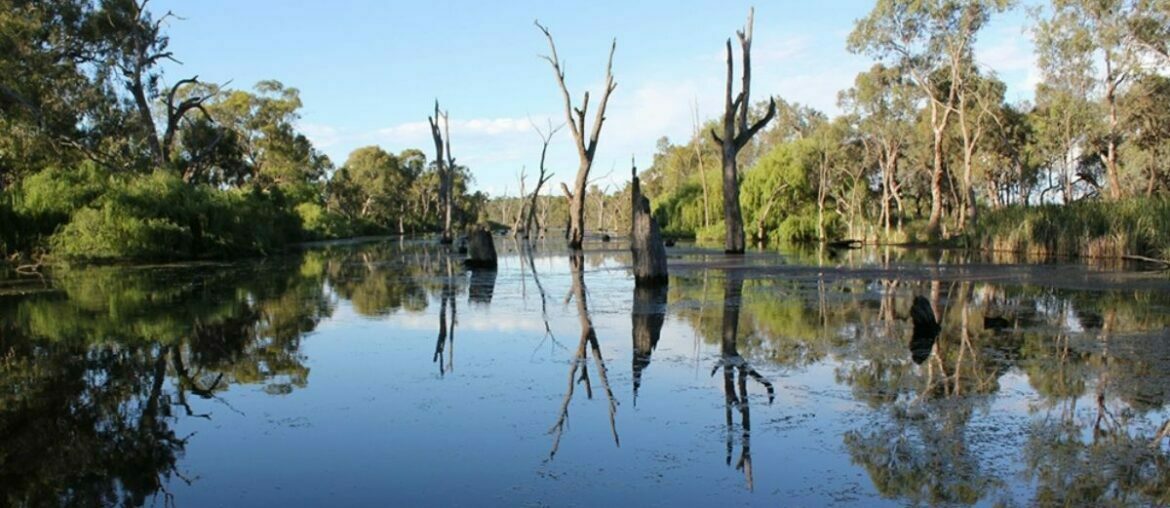Australian rivers are highly modified. In 2003, scientists were already recording that 97% of the rivers in New South Wales were significantly modified, placing immense strain on local aquatic and ecological communities to survive without their natural flow regimes. Almost 20 years on, this is still largely the case for rivers across NSW and the Murray Darling Basin.
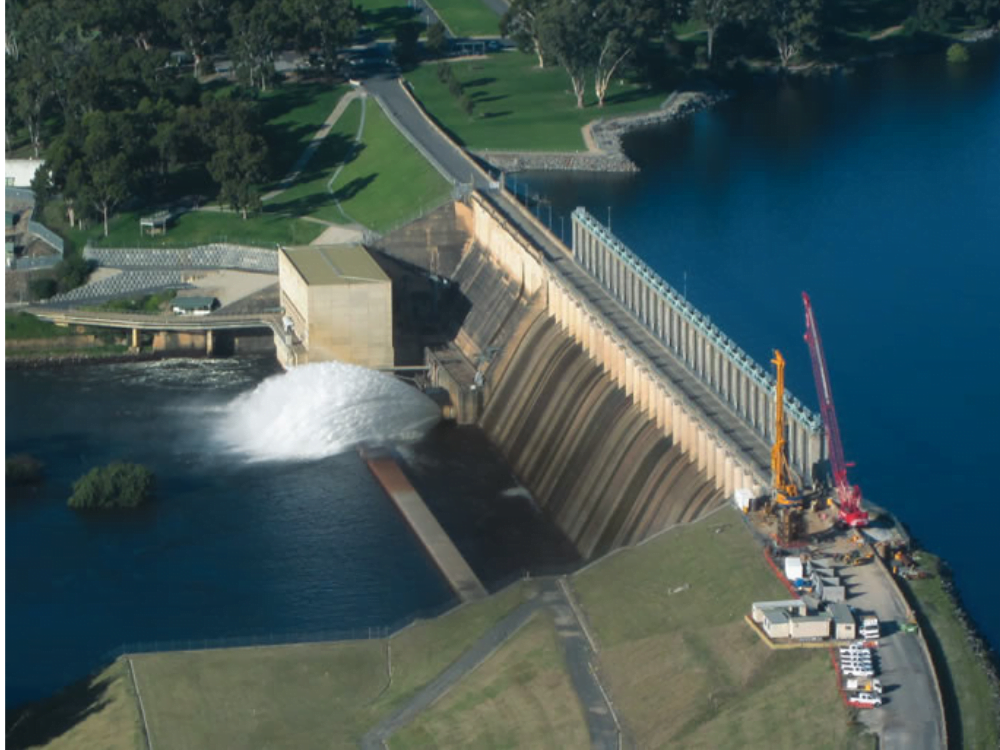
Water flows are essential for all life, aquatic and terrestrial. Yet, these modifications to NSW rivers, the main stake of the Murray Darling Basin, have resulted in an estimated 90% decline in the native fish population throughout the Basin since European settlement. So, what is the best practice for native fish conservation within a highly modified river system?

What is river modification?
River modification can be traced back for thousands of years globally and in Australia. It is any change caused by humans to the natural flow regime of a river, stream or wetland. Generally, river modification involves
- Dams and weirs
- Irrigation, water diversion and draining
- Hydropower structures
- Extraction of sand or gravel and dredging
- Construction of bridges and roads
Evidence of historical Indigenous fishing weirs has been found around Australia, demonstrating that Australian rivers and native aquatic species have previously been able to adapt to small-scale water flow alteration. However, the scale of modern river modification and its infrastructure is a key threat to the survival of most native fish species.
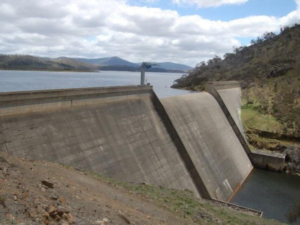
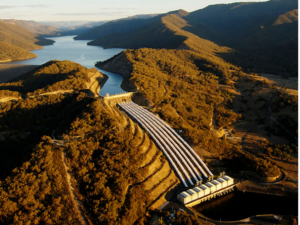
Facebook comments about one of our recent articles demonstrated a common debate about whether natural or regulated rivers are ultimately better for the survival of native fish species. Some argue that regulated rivers, like dams, provide refuge for native fishes during drought and can release environmental flows to conserve populations. Others argue that native fish have adapted over thousands of years to live in Australian rivers, and thus natural flows are the best habitat for a native fish species, whether that includes drought or flood.
Protect first
Within the context of such a highly modified environment, it can be confusing what is now the most ideal habitat for native fish. Natural river flows are ultimately the best habitat for them, however restoring rivers to their natural state is becoming less likely as Australia is expanding its water needs for agriculture and a growing urban population.
The motto used by the Rivers of Carbon team is ‘protect first, restore second’. This is essentially the best way to explain best practice fish conservation; protect fish populations and what natural river sections are remaining, then focus on restoring degraded habitat and reintroducing native species.
Regulated rivers are not a natural habitat for native fish. They reduce connectivity within the river and between habitat reaches for aquatic species, meaning species that rely on migration during breeding seasons are not able to spawn in habitat that they need.
One example of this is the Golden perch. Golden perch can be found throughout most river basins in eastern Australia, from the Murray Darling Basin to the Fitzroy Rivers and Lake Eyre Drainages, and they are known to migrate around 2000km during the breeding season. The most pertinent threat to Golden perch is river regulation, especially dams and weirs that prevent this migration, reducing access to the right habitat conditions for breeding and natural flows. Dams and weirs can also result in isolation of populations, which means the diversity of the species’ gene pool is declining as they are less likely to interact.
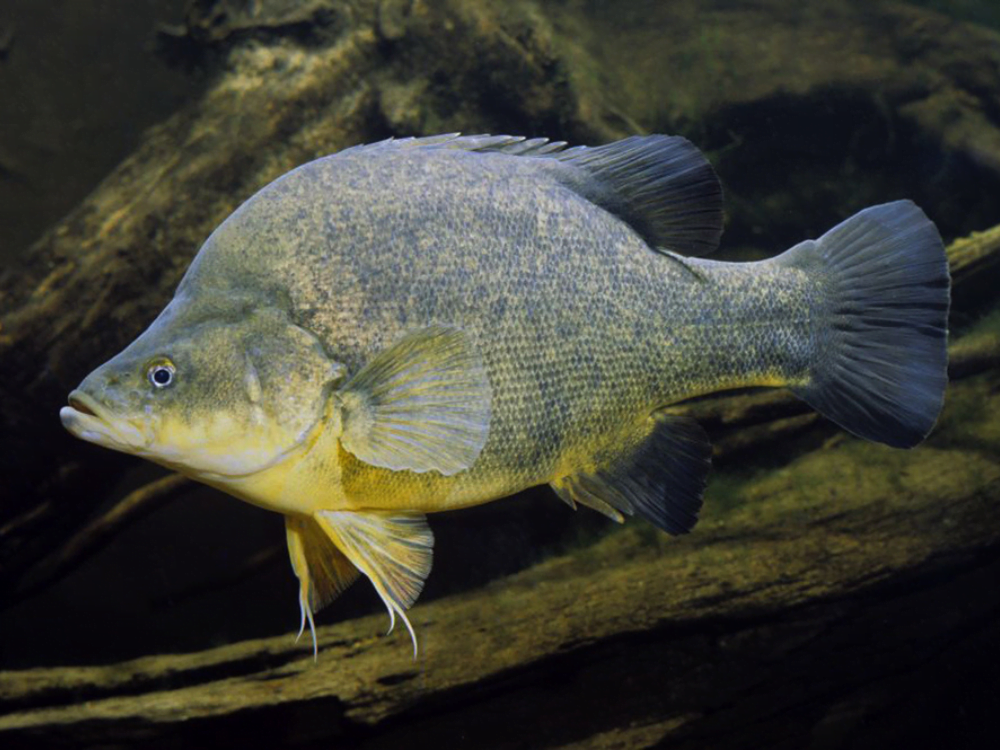
River regulation also often creates ideal conditions for invasive pest species to take over stretches of habitat. In particular, carp is known to thrive in these conditions and out-competes native fish species.

Overall, protecting remaining natural habitat and wild fish populations is the best way to care for native fish species and prevent their extinction. However, this isn’t always possible.
Restore second
‘Restore second’ is an important next step in ensuring native wildlife, including native fish, can survive. It is unlikely that Australian rivers will return to their natural flow regime in the foreseeable future, so despite river regulation threatening most native fish species, water managers have been utilising river regulation infrastructure to support native fish survival. River regulation is a significant cause of low flows and river degradation in Australian rivers, and in the context of a predicted drier climate in south-eastern Australia, conditions for native fish are likely to worsen.
One important way this can support fish populations and species is through providing refuge in times of drought, as well as providing a reserve of environmental water to preserve fish habitat downstream. Fish and waterway managers have also started introducing ‘fishways’ at weirs and dams throughout the Murray Darling Basin to support connectivity and fish migration for a variety of native fish. One example of this is at the Toorale National Park, where fish have been spotted using the fishway since its construction in March. Water managers also rely on stocking and translocation of endangered species into restored habitat to support native fish species numbers.

Moving to action
Overall, natural rivers are the most ideal habitat for native fish. We need to protect what remaining natural habitat we have first and restore second. The Native Fish Recovery Strategy aims to support the recovery of native fish in the Murray Darling Basin across four key Recovery Reaches. The Recovery Reaches work to protect and support threatened native fish, with a focus on restoring and recovering rivers that have ecological significance across the Basin.
Main photo: Gunbower Creek is home to large numbers of native fish and was a focus of the 2014 Native Fish Recovery Plan. Source: North Central CMA.
